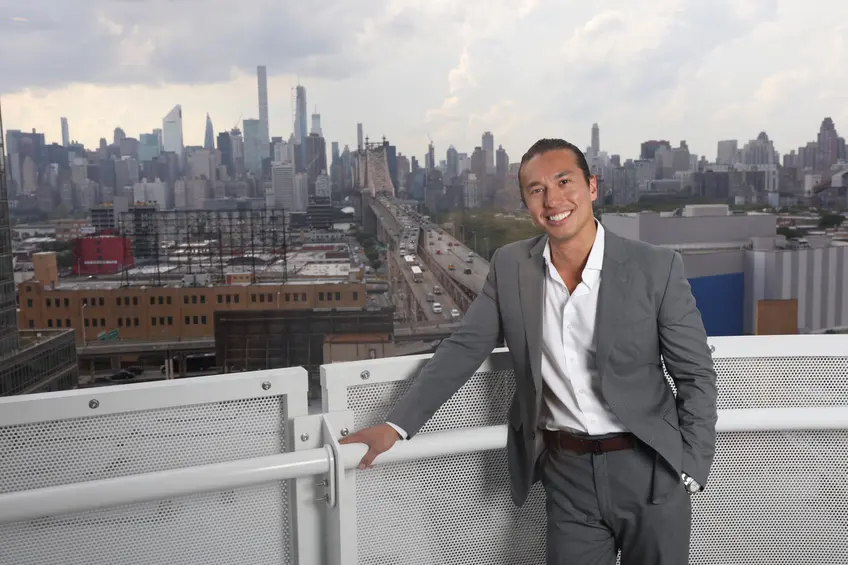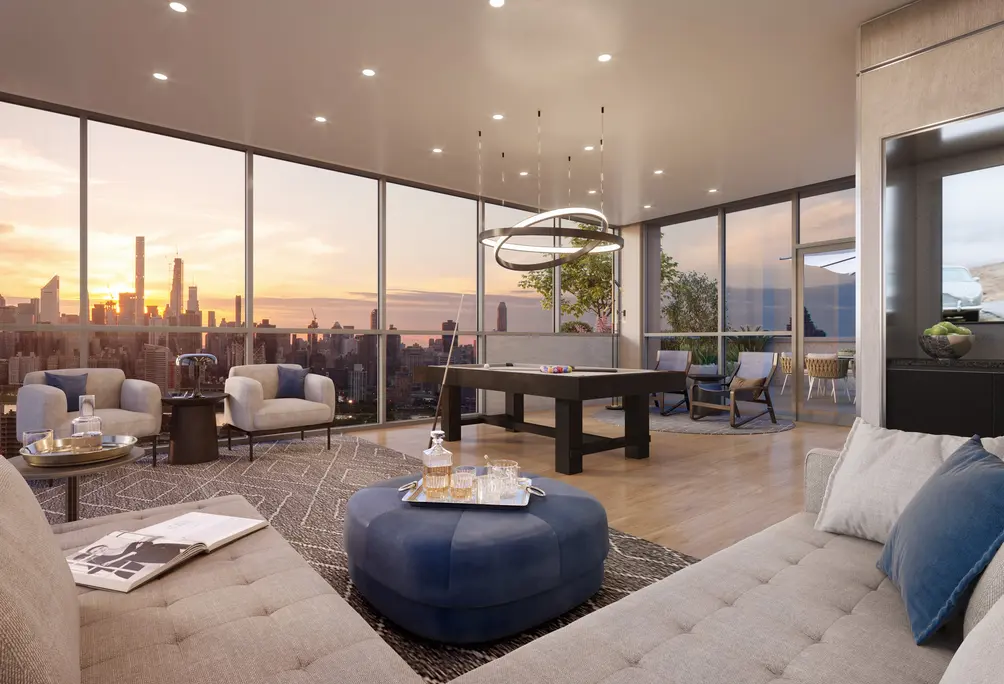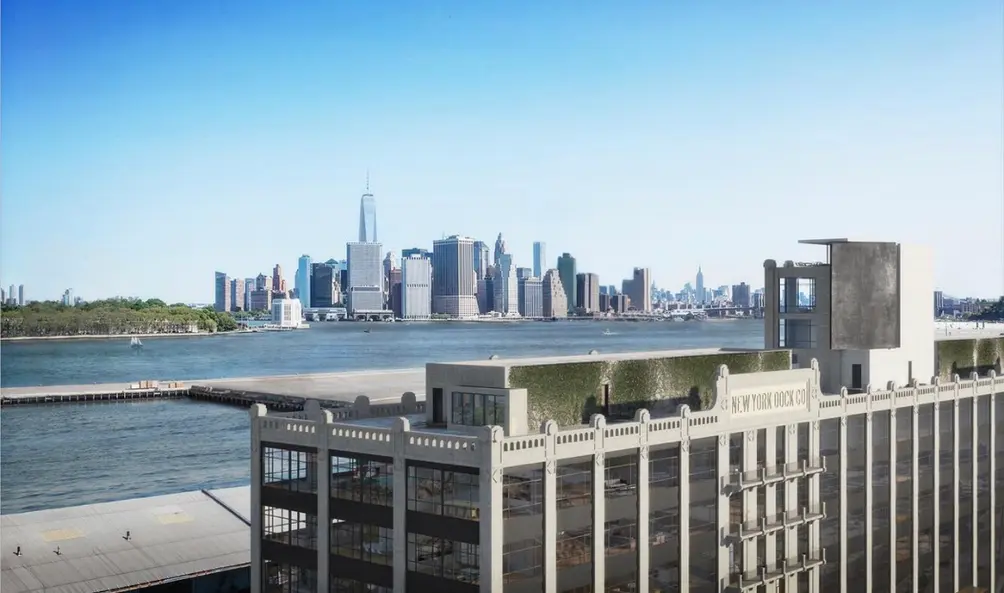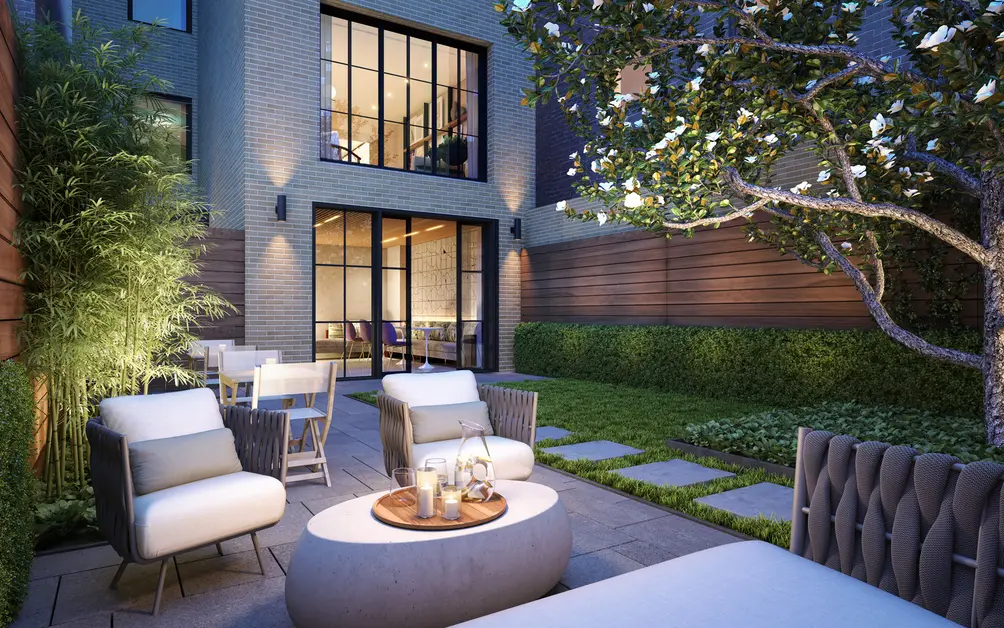 Photo of Josh Schuester courtesy of Silverback Development
Photo of Josh Schuester courtesy of Silverback Development
Tell me about Silverback Development.
We are a very young, energetic group, but we have a lot of members on the team with grey hair who are heavily involved in every facet of the organization. We have a wealth of knowledge at Silverback with in-house project management, property management, marketing, construction, and capital markets; this vertical integration allows us to take on a plethora of different kinds of projects from public shelters through the Department of Homeless Services to a luxury ground-up residential building in Gramercy Park. There is a huge audience between those assets, but it speaks to our ability to hone in on the end-user and effectuate our strategy accordingly.
What do you think makes Silverback unique?
We have all kinds of people who live in different parts of the city. We know what we like, we know what works and what doesn’t work. We ask what rents and what sells? When the end-user walks into an empty unit, residents look for how they’d use that space. When you see a walk-in closet, you envision your clothes already hanging there. The same goes for things like a washer/dryer or built-out shelving or hospitality-like millwork.
What is also unique about our group is that we have a good reputation for executing with precision. We are fortunate enough to have a strong relationship and platform with Silverpeak Real Estate Partners. Silverpeak is a large, $18 billion institution and is involved in projects across the nation. They have chosen to work with us as a testament to our organization. Their influence, resources, and capital give us quick access to the top players in any markets we decide to go after.
 The sky lounge at Hero LIC, credit: Redundant Pixels
The sky lounge at Hero LIC, credit: Redundant Pixels
Are there certain sectors that are more appealing than others?
Selling residential multi-family and multi-unit for-sale buildings are our bread and butter. We are definitely focusing on taking that to the next level, to various audiences. In one project, we are including affordable independent residences for seniors. We are also building a luxury independent living facility for those 55/60 and older. There is a lot of focus on millennials right now but they age quickly. To design a project today for millennials would create something that would be quickly outdated. 10,000 people turn 65 every day. That’s quite a statistic.
We are also focusing on areas of strong population growth. Queens is a borough that will continue to grow. We see it in Long Island City, north of the Queensboro Bridge, South Astoria, and Sunnyside (whose population is expected to grow by 500,000 by 2025, which is the same size population of Buffalo). There is a huge housing supply appetite there for the product if you cater to the right audience.
We also choose to work with various architects with strong design elements in each project. Each project is distinct. Gramercy Park is a more mature audience, so we went with a Parisian aesthetic. In Long Island City, we wanted a cool, hip, and trendy vibe. That is a younger audience of first-time buyers and investors looking for appreciation. Brooklyn Heights caters to an older audience, who most likely want to downsize but stay in the neighborhood, perhaps take advantage of views and provide a full stack of amenities. It is townhouse living in an amenitized high-rise.
Speaking of amenities, where do you see this going?
We are focused on the next amenity. Not gyms, playrooms, or lounges, it’s all about technology. In all of our projects, we have wireless access, FOBs, smart homes that include Alexa and Google Home, auto-lighting, shade control, wireless throughout. This is the age of convenience, everything is at the touch of a button, whether young or old, we call that the “flat ager,” everyone is reliant on and proficient with technology.
Are you providing EV chargers in your garages?
We have done a couple of garages with electric charging stations but generally, I feel the common use of private automobiles will soon be obsolete. Automation has replaced 50 percent of jobs. Similarly, with the Uber-fication of transportation, I think the idea of self-driving cars driving makes owning a car an ultra-luxury. In development we look at the pros and cons of building below grade with the bedrock and coming close to water, parking spaces can fetch six-digit sale prices, but at this point in the cycle, a lot of that is going away and parking spaces are more of a concession. That being said, I do think there is an audience and an automotive revolution toward electric cars so any prudent designer needs to be aware and design accordingly.
 160 Imlay, credit: Silverback Development
160 Imlay, credit: Silverback Development
What was it like taking on a huge conversion project like 160 Imlay? Were there any challenges?
We are collaborating with Est4te Four as the development manager at 160 Imlay, and we share their vision in turning this iconic building into loft condominiums with captivating views of the Manhattan skyline. One challenge with developing a site with such a large floor plate and having five separate cores is in sequencing the project; it’s almost as if one needs to treat the project as five individual buildings.
 The courtyard at 67 Livingston, credit: Redundant Pixels
The courtyard at 67 Livingston, credit: Redundant Pixels
67 Livingston is another conversion--you turned the former Art Institute of New York dormitory into a luxury condo. It's also the tallest condo in Brooklyn Heights. Here, you worked with HTO Architect for the facade restoration and CetraRuddy for the interiors. Do you try to select firms who you think will balance each other out?
We select firms based on their various strengths and talents. There’s a strong symbiotic relationship between these two firms with a fundamental understanding and appreciation for architecture, unlike any other firms I’ve encountered. Together they were able to bring Silverback's vision to life, designing thoughtful full-floor layouts, and carefully selecting a composition of materials and textures to form unique and comfortable living spaces that perfectly compliment the historic Brooklyn Heights neighborhood style.
 Hero LIC, credit: Redundant Pixels
Hero LIC, credit: Redundant Pixels
Hero LIC is definitely a bit architecturally avant-garde. How do you approach a project like that?
HERO LIC is a luxury condominium, in a prime location, so we wanted to ensure the design would not only be gorgeous but also unique and unmistakably distinct from the more typical and basic design of surrounding rental projects in the neighborhood. HERO's distinct undulating exterior and bright white facade is inspired by the Art-Moderne architecture style that emerged in the 1930s. Art-Moderne design and architecture style emphasized curving forms, long horizontal lines, and aerodynamic concepts. We brought this retro style back to life and enhanced it with a future-forward design to assure that HERO would confidently stand out in the LIC skyline and establish itself as a local landmark and anchor of an evolving residential neighborhood.
What are the secrets of your success?
We have a collaborative team. Anyone can pick a good building, anyone can pick an architect and come up with plans, but it’s the execution that differentiates our group. You have to foresee how you are going to fail and then figure out how to avoid that. Getting the schedule and budget right, the market right, and whether to sell or rent are all essential components.
The marketing agency is also critical. We work with the creme de creme and collaborate to come up with creative ways to get to the right audience. We have spent a good deal of time focusing on our social media. In the past, it used to be that you would get a full-page ad in the New York Times. Now, it is all about being digital, being online, utilizing all social media outlets and creating a brand.
We are also doing projects in Washington, DC, in Fort Lauderdale, Florida, and in Stamford, Connecticut. We are about to break into Louisiana. We find opportunities not only in the submarkets here in NYC but in secondary markets elsewhere. Real estate is real estate anywhere. If you just cater to the audience, it can be an audience in any geography just sometimes with different tastes.


 6sqft delivers the latest on real estate, architecture, and design, straight from New York City.
6sqft delivers the latest on real estate, architecture, and design, straight from New York City.
